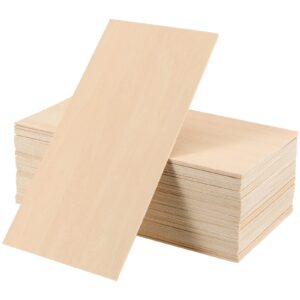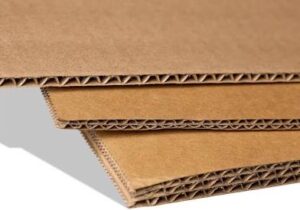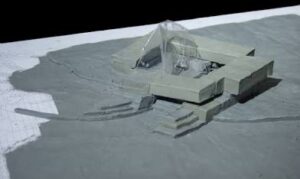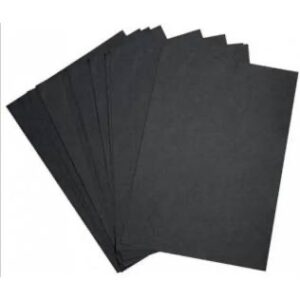Week Five: From Research to Reality- Beginning My Sustainable Home Model
Emilia K -
Hi Everyone! After weeks of research and planning, I’m excited to finally start building the physical model of my sustainable home. This week marks a transition from theory to practice as I apply everything I’ve learned about sustainable building principles, energy systems, and material selection.
The journey from research to implementation hasn’t been entirely smooth. While diving into building codes, sustainability metrics, and construction standards gave me a solid foundation, translating these concepts into a three-dimensional model presents new challenges.
Materials Translation: Bridging Model and Reality
One of the most exciting challenges of this project has been selecting materials for my physical model that are both accessible and representative of the sustainable building materials I’d use in an actual construction. While I need to work with materials I can easily obtain for my model, I want to ensure they accurately represent the environmental benefits of their real-world counterparts.
To address this, I’ve created a materials key that accompanies the model. This translation guide helps others understand what each model component represents in terms of actual sustainable building materials. I want to note, I created this with affordability in mind, and it may change as I continue to create.
Model Materials and Their Real-World Counterparts:
- Wood sheets → Hemp-based structural insulated panels (SIPs) that provide insulation with a negative carbon footprint

Wood Layers - Cardboard layers → Rammed earth walls with thermal mass properties

Cardboard Sheets - Painted blue wood sheets → Triple-glazed windows with low-E coatings that maximize daylight while minimizing heat transfer
- Thin aluminum foil → Recycled steel structural elements with 95% less embodied energy than virgin steel
- Paper pulp mixture → Low-carbon concrete alternatives using fly ash and blast furnace slag
- Natural modeling clay → Cork and reclaimed wood flooring from sustainably managed forests

Natural Modeling Clay - Black construction paper → Solar thermal collectors and photovoltaic arrays

- Clear plastic tubes → Rainwater harvesting and greywater recycling systems
Each material in the key inc
Version 1.0.0ludes not just what it represents, but also key sustainability metrics such as:
- Embodied carbon comparisons to conventional materials
- Percentage of recycled content
- Expected lifespan
- End-of-life recyclability
- Local availability
- Certification standards (FSC, Cradle to Cradle, etc.)
Next Steps
In the coming week, I’ll begin assembling the base structure of the model and implementing the wall assembly techniques I’ve researched. I’ll document the process with photos to share my progress.
The model will not only showcase aesthetic design but will include detailed cross-sections revealing the sustainable technologies hidden within the walls, floors, and roof systems. My goal is to create something that serves as both an architectural model and an educational tool that demonstrates how sustainability can be beautifully integrated into residential design.
I’m finding that building this model is forcing me to think through practical implementation challenges that weren’t obvious during the research phase. As I work through these challenges, I’m gaining a deeper understanding of how sustainability principles translate to real-world construction decisions.

Comments:
All viewpoints are welcome but profane, threatening, disrespectful, or harassing comments will not be tolerated and are subject to moderation up to, and including, full deletion.